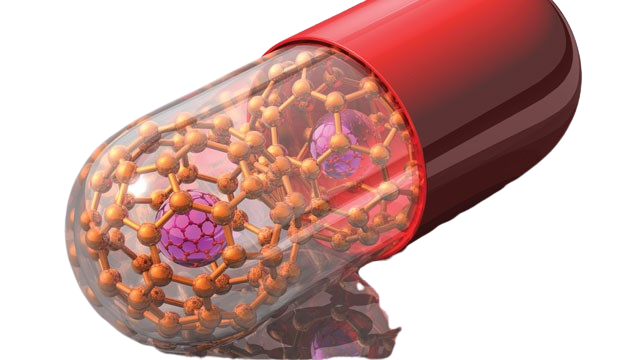Nanotechnology In Medicine
Written by Sai Koppada
Nanotechnology refers to the manipulation of matter on a molecular or atomic level. This level of manipulation allows us to alter molecules to create new materials, enabling them to perform a broader range of functions than before. By allowing us to alter the components of the molecules themselves, nanotechnology opened many new opportunities to create new devices and technologies. In the medical field nanotechnology has opened up new opportunities for drug delivery and efficient diagnosis by enabling us to change the way these molecules interact with the biology of a person.
The most common use of nanotechnology is in electronics, where it has been modified to enhance the speed and efficiency of technology. It enabled the creation of smaller and high-volume storage devices that can store, retrieve, and transport data much faster than before. Additionally, nanotechnology even plays a part in sensors; it’s integrated into sensors to allow them to detect change better. Using similar concepts, nanotechnology has been implemented in the medical field.
Similar to its function in sensors, nanoparticles (the building block of nanotechnology) can be deployed in the human body to diagnose patients better. Nanotechnology can alter Biosensors to give them a heightened sensitivity to changes in the body allowing them to detect genetic markers, changes in blood, urine, and other biomolecules. This enables early detection of abnormalities in the body and helps professionals find indicators of health issues faster. Using nanotechnology, doctors have also worked towards improving the quality of imaging of the body by altering nanoparticles to target specific tissues and cells within the body. Studies have shown that the use of nanotechnology can enhance our ability to detect abnormalities in the body from imaging techniques such as MRI imaging, PET scans, and CT scans. The incorporation of nanotechnology in medicine has allowed for increased efficiency and speed in diagnosing patients, giving them more time to get the help they need.
Nanoparticles can even be used to effectively deliver medication within the bod, similar to how it stores and transports data in technology. Since the particles are small and can be easily altered, they can be used to target specific cells in the body and deliver medication directly to the affected cells. This helps increase the bioavailability, by increasing the amount of medicine that is actually absorbed by the body. Nanotechnology also presents the opportunity to deliver multiple drugs at once and carefully control the amount of medicine released within the body. It helps the patient by making the medications more effective and transports them to the desired location much quicker.
Overall, the use of nanotechnology in medicine has opened up many new possibilities for drug delivery and diagnosis. The technology is still going through extensive research so that it can be improved and applied to other parts of patient care. In the future it may play an even larger role in medicine.
Sources:
LAGUNA DESIGN/SCIENCE PHOTO LIBRARY/CORBIS (Goyal, Nidhi. "Nanotechnology Helps Revolutionize Medicine; Makes It More Effective, Smarter, and More Affordable." Industry Tap, 15 Aug. 2015, www.industrytap.com/nanotechnology-helping-revolutionize-medicine-making-effective-smarter-affordable/30716.)
Written by Sai Koppada from MEDILOQUY


